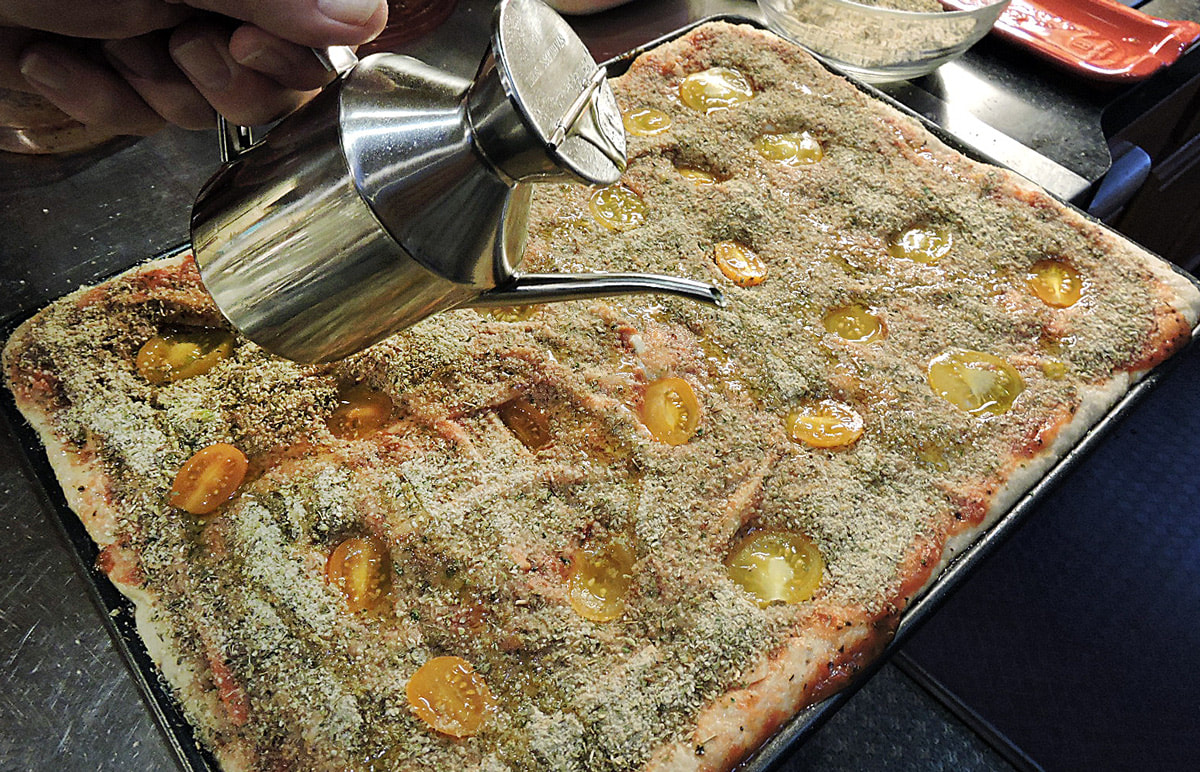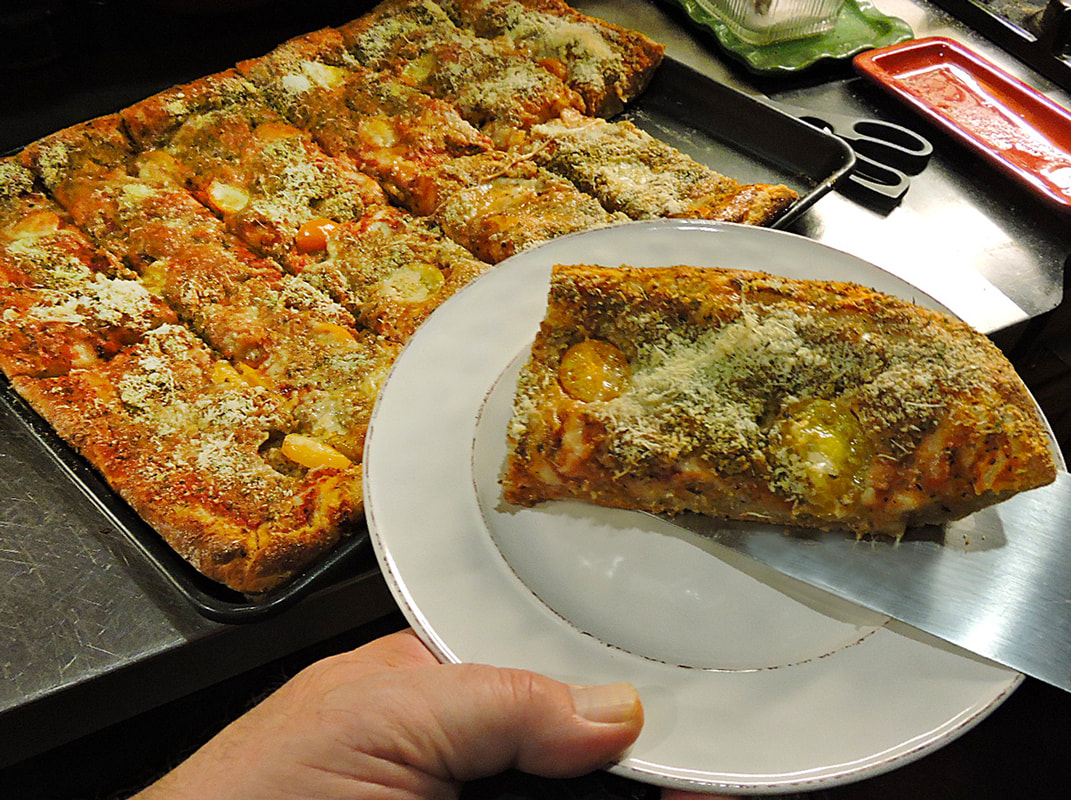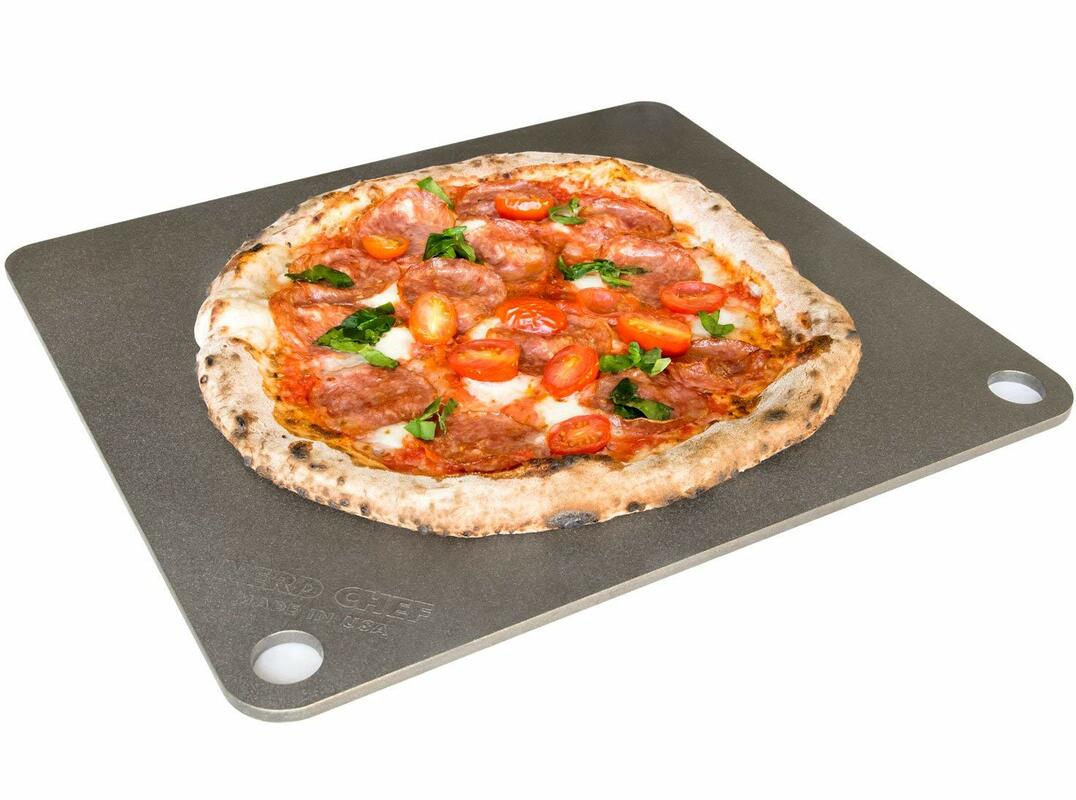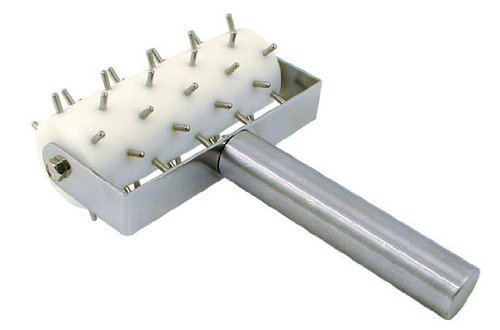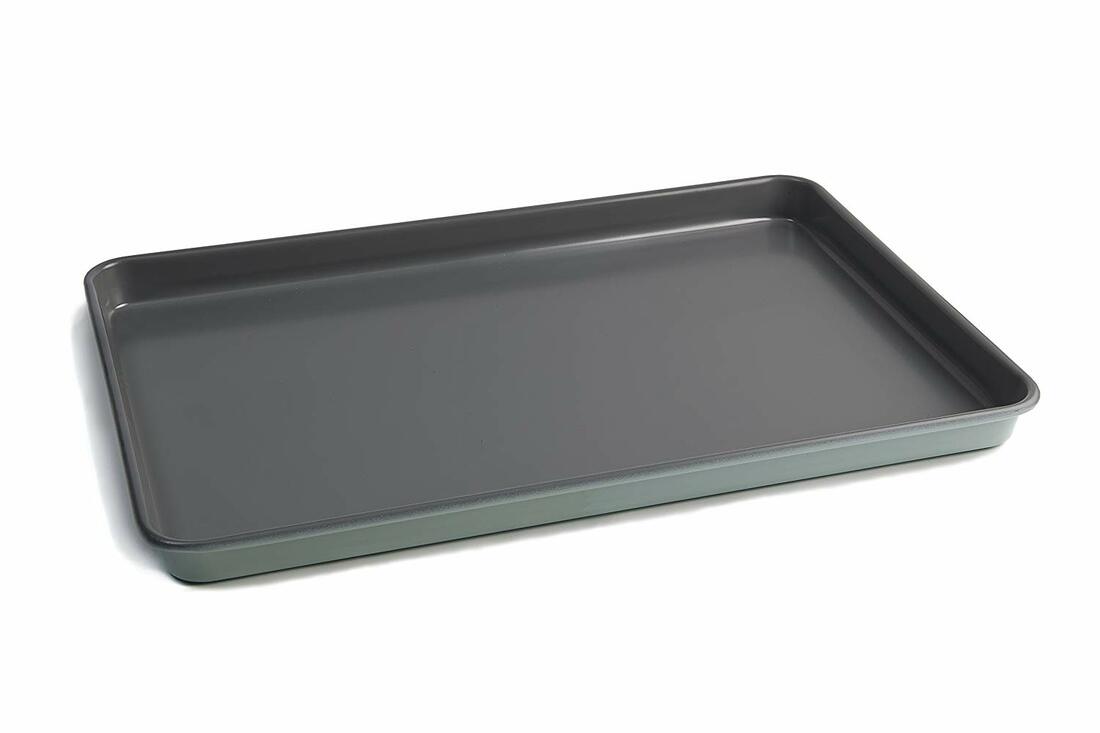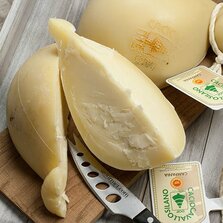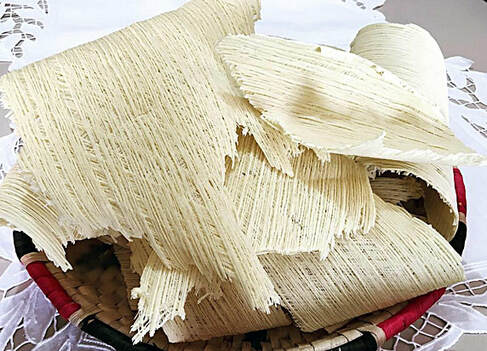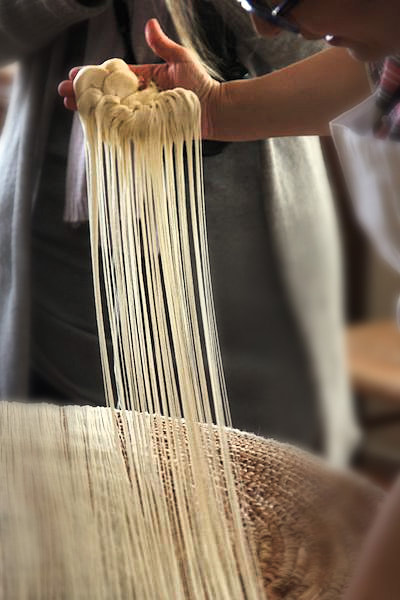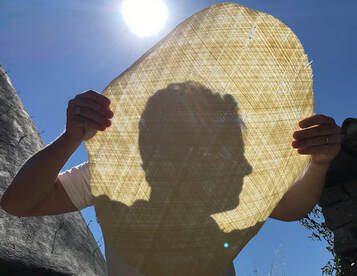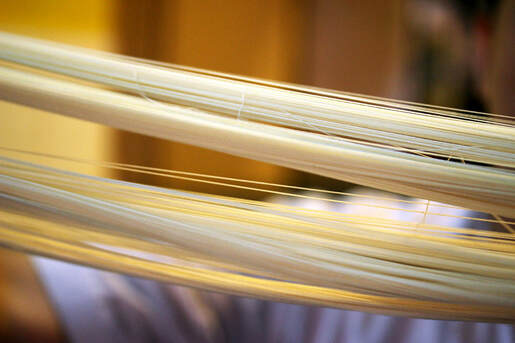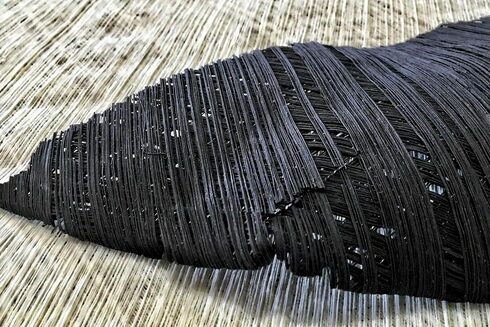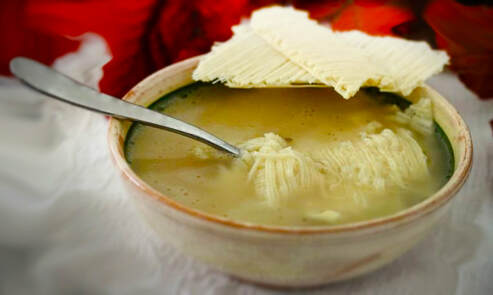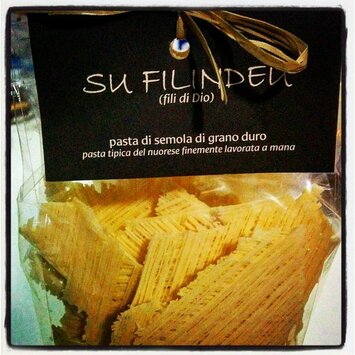|
In Palermo there is a type of pizza that is similar to the thick, bready crust of focaccia, but unlike focaccia, it has tomato sauce on the top. Ingredients are usually put on in a reverse fashion--the mozzarella or caciocavallo cheese placed on the dough first with the sauce goes on top. What makes this pizza stand apart from others is the final topping: a healthy dusting of breadcrumbs, which turns this into a classic, Sicilian sfincione. There are derivatives of sfincione, like the tomato pies made around the Philadelphia and Trenton, New Jersey region. This cousin of sfincione is thick and bready, but has a solitary topping of thick tomato sauce with perhaps a sprinkling of grated parmesan cheese (if any) and is always served room temperature. Personally, the tomato pies I've had have been a bit too intense on tomato flavor. For my version of sfincione, I topped it with julienned slices of caciocavallo cheese and Italian style breadcrumbs. Of course, you can also put some stale ciabatta in a food processor and make a rough textured breadcrumb for the topping. I didn't overload my sfincione with breadcrumbs, but keep in mine, in Palermo they might put a fairly thick (1/4") topping of lightly toasted breadcrumbs on top. I made this during the late summer when I had an abundance of my Olivette Jaune heirloom tomatoes, so onto the top they went... Equipment Needed: 1-13x17" half sheet pan (dark colored to create a well baked crust) thin, cotton kitchen towel baking stone (better yet, a baking steel) Proofing the yeast 1 tablespoon active yeast 1 teaspoon sugar 1 - 1/2 cups water at 115F For the dough: 2-3 cups bread flour 1 teaspoon salt 1 tablespoon sugar 2 tablespoons extra virgin olive oil For the sauce: 28 ounce can crushed tomatoes (I recommend Tuttorosso brand) 4 small anchovies in oil 1 tablespoon sugar 2 tablespoons dry basil (or 8 large, fresh basil leaves, julienned) 2 tablespoons extra virgin olive oil Toppings: Thin slices of caciocavallo cheese (alternate, sharp provolone) 1-2 cups Italian style breadcrumbs (or 3 cups, rough chopped fresh breadcrumbs) 2 tablespoons Oregano (for mixing with bread crumbs) Yellow olive shaped tomatoes, halved Extra virgin olive oil Grated Parmigiano Reggiano or similar cheese Optional Toppings: caramelized onions, prosciutto, olives, pimentos, anchovies, fresh basil or oregano leaves. Making the Dough
To make the sauce:
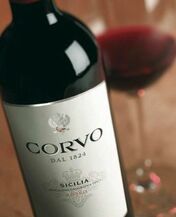 Putting together the Sfincione:
Slice your sfincione into squares or rectangles for serving with a simple salad and a glass of red Sicilian wine, such as Corvo Rosso. And don't forget, sfincione is traditionally served at Natale (Christmas) and the Italian father's day, la Festa di San Giuseppe on March 19th. Buon appetito! --Jerry Finzi You might also be interested in...
How to Make a Great Pizza Crust Making the Best Pizza Sauce Our Double-Crust Pizza Rustica! My New Pizza Steel Our Deep Dish Pizza! In the small Sardinian town of Nuoro, there are a very few women (you might count them on one hand) who still know how to make what many say is the rarest type of pasta in Sardinia Italy and perhaps the whole world... Su filindeu (in Sardinian dialect), and in Italian, Fili di Dio, can be translated as either Wires, Yarns or Threads of God. You might think of this pasta as the elevated and rarer version of angel hair pasta. Filindeu is tied to a religious ritual celebrated in the region of Nuoro in the town of Lula. La Festa di San Francesco is held on May 1st at the Chiesa della Solitudine di Nuoro. Oddly, this celebration is tied to a murder in the year 800 AD. Accused of murder and being hunted down for his crime, a young man claimed innocence and took refuge in a cave about 15 miles from Nuoro. He was discovered, brought to trial and miraculously (to him) declared innocent. He had prayed to Saint Francis during his time of refuge in the cave and thus built a shrine in the cave in honor of his patron saint. In autumn on October 4th, there is a second procession to the cave and shrine followed by a celebratory feast of filindeu. The dough to make this special pasta is durum semolina, water and a bit of salt, without leavening. It is then kneaded for a very long time to stretch the gluten, making it very soft with amazing elasticity--the key to making the long strands. The dough is rolled by hand into 8 long, thin snakes, which are folded, halved and pulled, only to be folded and stretched again--32 times in total--resulting in 256 thread-like thin bundles of parallel groups of pasta. These threads are then stretched across a large, flat tray called a fundu, traditionally woven from leaves of the local asphodel plant (a member of the lily family), often used in basket-making. To aide in the stretching, the dough is occasionally dipped in salt water--the timing of this sensed only by the experience of the artisan making the pasta. This process is repeated until a single layer of "threads" cover the entire fundu. the basket is then rotated by about 60° with another layers of pasta "threads" laid down. This is repeated a third time creating three crisscrossed layers of "threads". The tray is placed in the sun to dry causing the three layers to stick together while creating a stiff fabric of pasta looking very much like a course textured cheesecloth. For the feast, the filindeu is broken into pieces and put in boiling mutton broth. Grated pecorino (sheep) cheese is added to complete the soup. I don't know about you, but I've always loved my soup loaded with noodles--perfect for when the cold weather hits. If you're ever in Sardinia, look for packages of filindeu shards. Some have realized that this is a real Sardinian treasure and are trying to expand the availability of this pasta. Sadly, this unique pasta technique is in danger of becoming extinct. For example, Only one of Paula Abraini’s two daughters knows basic technique but seem uninterested in continuing the tradition. Abraini also has no granddaughters to pass he skills along to. The two other women in Abraini’s family who still carry on the tradition are both in their 50s and also have no successors to this tradition. Paula Abriani was so concerned about the techniques of making su filindeu disappearing, that she went to the local government to see if there was some money to open a school. There wasn't. Then she tried to teach young locals to make it in her home--they got discouraged with its complexity and gave up. Luckily, she was invited to Rome by the gourmet magazine Gambero Rosso so they could film her techniques for posterity. She has also started making filindeu for several restaurants who serve her amazing pasta to clients from around the world. The preservation of her tradition is looking a bit brighter! If you're traveling to Nuoro, search out the women who still make this pasta for a lesson on how it's done. They have learned the skill from their mothers who learned it from their mothers and so on, going back three hundred years. Ask, plead or beg for a lesson from either Paola Abraini, Salvatora Pisano or Grazia Selis. If you're lucky enough to get a little lesson from them, don't forget to say "thank you" in Sarda, the Sardinian dialect... grazie meda! And give them a solemn promise that you will pass along their skills. --Jerry Finzi You might also be interested in...
How to Cook Pasta: 101 Map of Regional Pasta Everything You Ever Wanted to Know about Pasta Sexy Pasta Shapes! The LIGHT Way to Make Potato Gnocchi Canederli: The Italian Matzo Ball Does Adding Water to a Pasta Sauce Make a Difference? Making Fresh Pasta: A Family Tradition Test Driving the Kitchenaid Pasta Extruder Spaghetti the Grows on Trees? Celebrate International Women's Day like they do in Italy, or as they call it, Festa delle Donne... with a cake, namely Torta di Mimosa. |
Archives
July 2023
Categories
All
|

